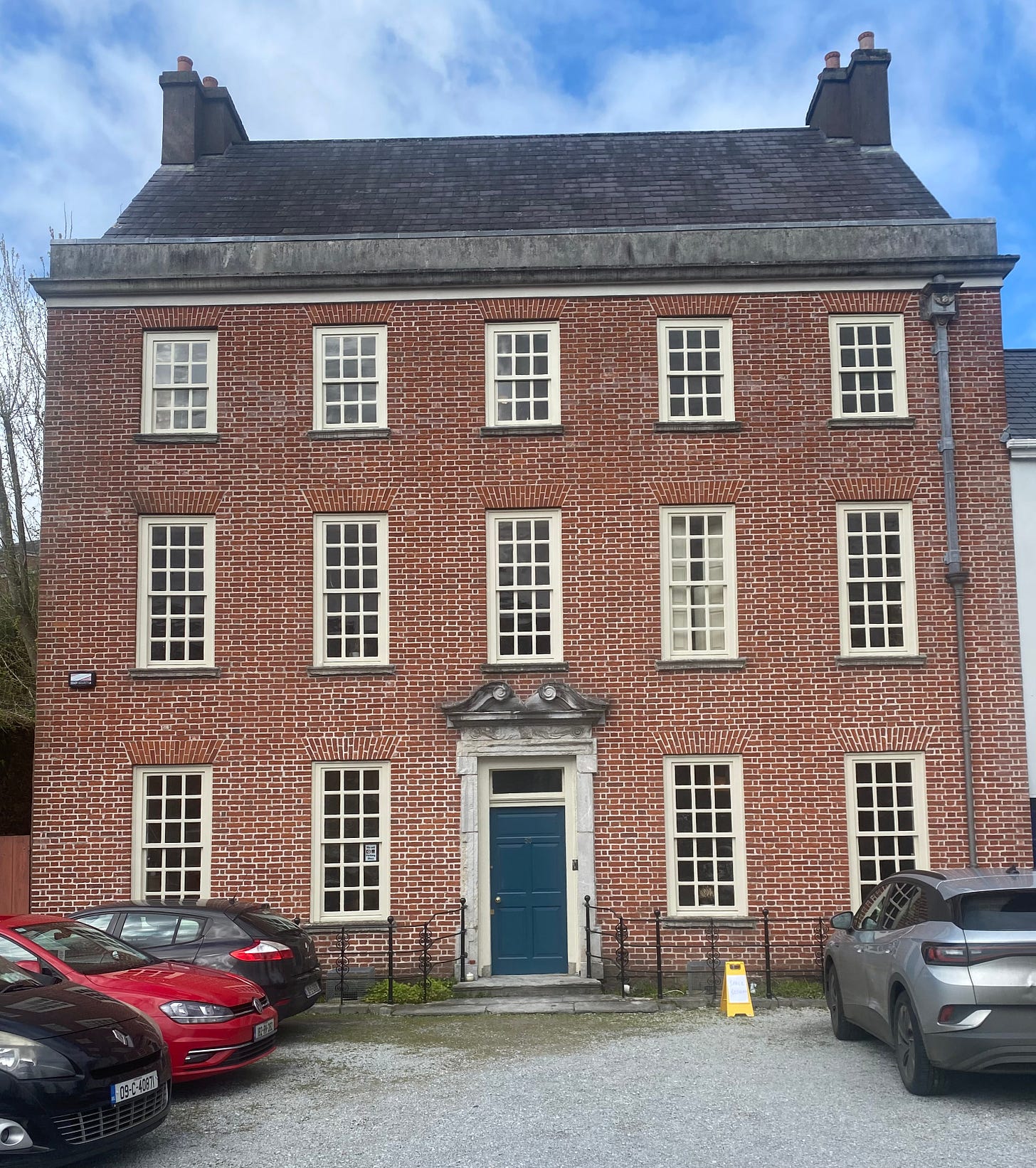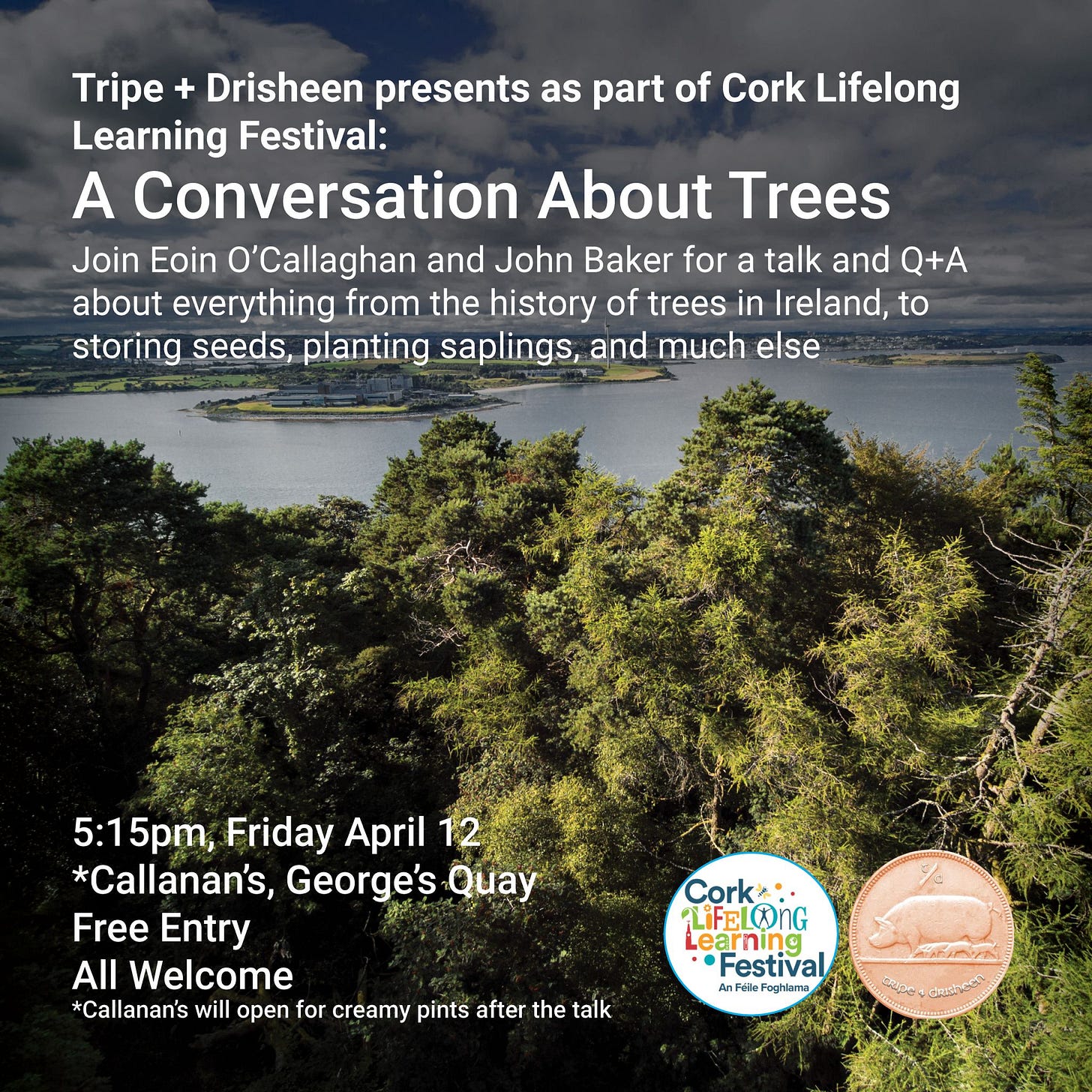At Civic Trust House, a home for artists, culture and community
It's one of the architectural gems on Pope's Quay. It's also a vital home for artists and a host of cultural organisations including the Choral, Folk and Pride festival committees.
Set back from the road and the river Lee, Civic Trust House on Pope’s Quay is a reminder of how Cork looked when the merchant princes lorded it over the city. Three centuries on from when it was first built, its warren of rooms overlooking the river ruminates by outside are a vital space for a raft of organisations responsible for staging some of the city’s best-loved festivals.
One lunchtime as March closed out in a non stop downpour, building manager Nicki ffrench Davis held a mini reception at the City Council-owned building to thank some of the key players who’ve helped with everything from securing funding for the upkeep and restoration of the heritage building as well as giving a steer with governance and ensuring the house is in mint condition and ready to be passed to future generations.
As building manager, Ms ffrench Davis has been a driving force in securing some of that funding and making it the space it is today.
The small crowd of architectural historians, local dignitaries, City Council officials, resident artists and a few of the usual “heads” you usually see at such events piled into the Musgrave Room while ffrench Davis ran around Pope’s Quay looking for a bottle opener for the Prosecco.
I gravitated towards the table of highly edible lunch rolls which is where I met Cara Holmes, a filmmaker who rents a space on the third floor and where much of her editing work is done. Ms Holmes has been using 50 Pope’s Quay as a base since she moved from Dublin to Cork in the first year of Covid. Since then she’s passed hundreds of hours working on a range of projects including Notes From Sheepland, a documentary about an unconventional shepherd which has been touring the international film festival circuit. Her space in Civic House has been a godsend she told me as I ate a roll filled with chick peas.
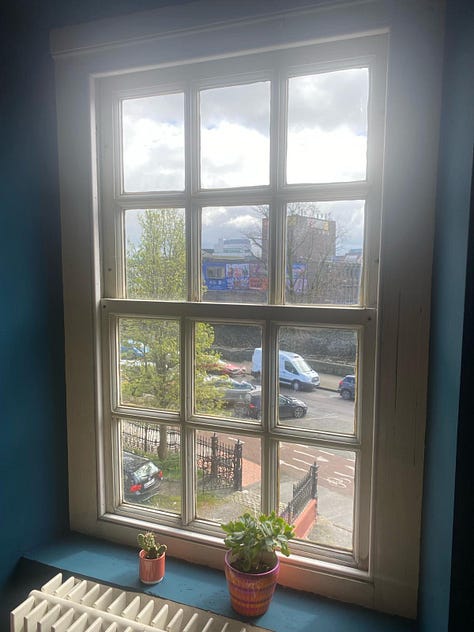
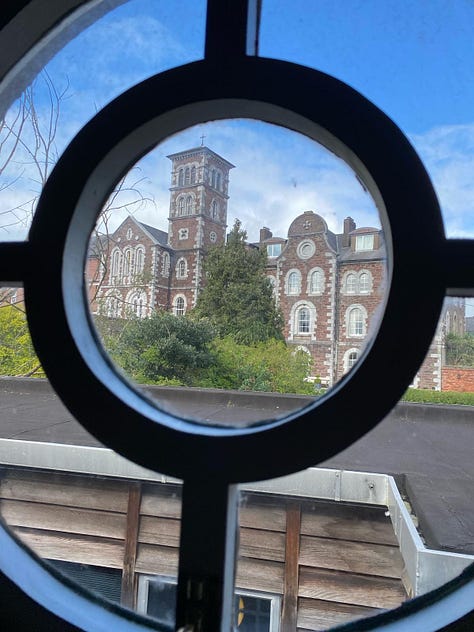

The Lord Mayor, Cllr Kieran McCarthy delivered a well-worn speech, (“My dear friends, I have three short messages”). He was preceded by Allin Gray, chair of the board and CEO of the Irish Association of Youth Orchestras, also based at Civic House, and succeeded by Primrose Wilson, vice-president of the Irish Georgian Society.
As Mr Gray pointed out, Civic Trust House has been a base for arts organisations since 2005, the same year Cork was designated Europe’s capital of culture and in which the the €300m main drainage scheme was completed. Heady times.
Civic Trust House dates back to the early 18th Century; it was built sometime between the 1700s to the 1730s just as the Georgian era was kicking in, and with it the reign of the many king Georges. However, the full history of Civic Trust House has yet to be written, a project Ms ffrench Davis is hoping to get to grips with.
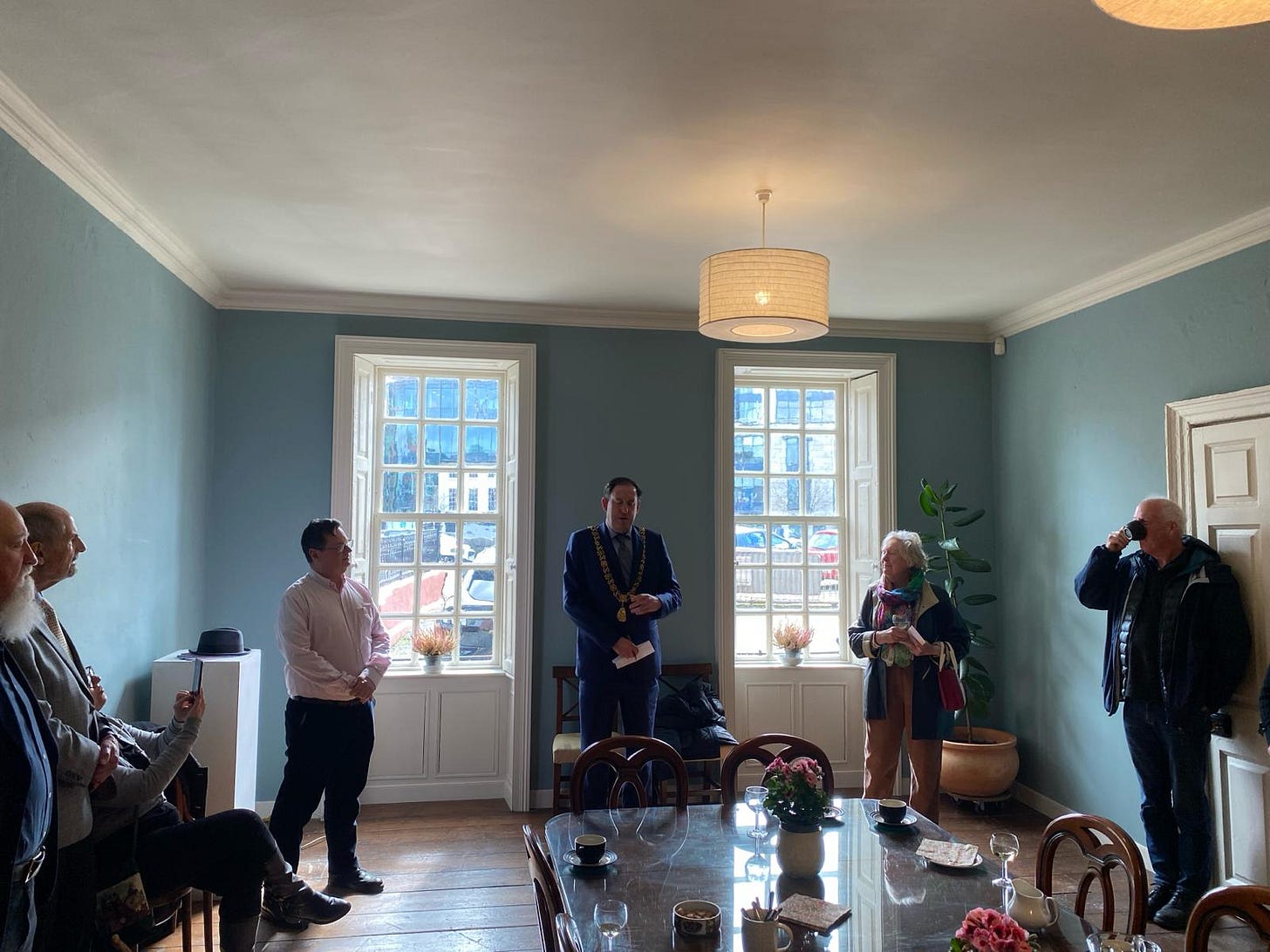
Ms Wilson remarked that Civic Trust House has been described as “without question the finest early Georgian house to survive in the city,” as she complimented the City Council and the Cork chapter of the Irish Georgian Society for ensuring the building’s upkeep.
But according to Ms Wilson what makes Civic Trust House extra special is that it is a living breathing part of the city, a place where festivals and art are made, where connections are forged and everyday countless conversations unfold between the diverse array of tenants scattered throughout the building.
After the round of speeches, Ms ffrench Davis took the Tripe correspondent, the president of the Irish Georgian Society and Willy Hammond on a tour of the building. Mr Hammond though was only along for the ride; the Cork Folk Festival, which Willy has been heading up for years, has an office in the loft where servants once had their quarters, and a roof over their heads. Posters from festivals and gigs past now adorn the beams on the loft.
As we toured from room to room all about the building, young men and women laboured away in front of screens planning for festivals that will enrich the city at different times throughout the year. Ms Wilson stopped to admire the restoration of the interior. On the stairwell, we all stopped to gaze out the window at Saint Mary's Dominican Priory the red brick building belonging to the Dominican religious order that stands between Civic Trust House and Shandon. Ms Wilson gave us a brief history lesson on the Dutch “Billy” building which forms part of the complex. Upstairs we all stole peaks out the top windows on to the Lee and the sorry modern buildings that line the opposite bank. They don’t build them like they did in Georgian times.
Downstairs the bell - a real bell - rang from inside the front door. Someone was coming or going in the house built 300 years ago. The tour complete, I tucked a piece of tart inside a napkin and left via the front door, the bell signalling my exit.
Long may the City look after Civic Trust House and that it continues be an affordable space for artists and arts organisations.
Artists and creators interested in renting a shared space at Civic Trust House should contact Ms ffrench Davis. Contact details here.
And, remember… for Lifelong Learning Fest this year, team T+D is holding a talk about trees in the inimitable Callanan’s on George’s Quay on Friday, April 12. It’s free in and all are welcome.




